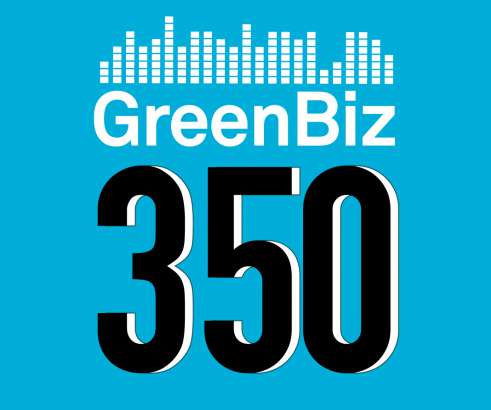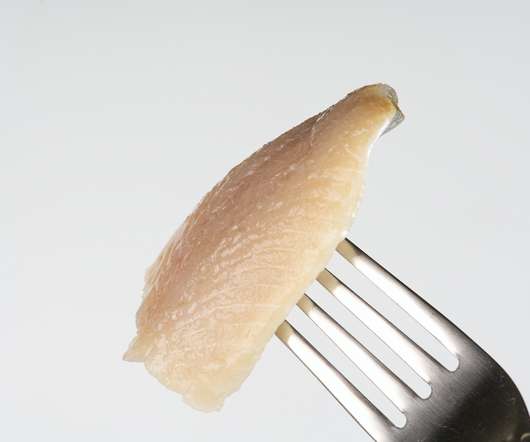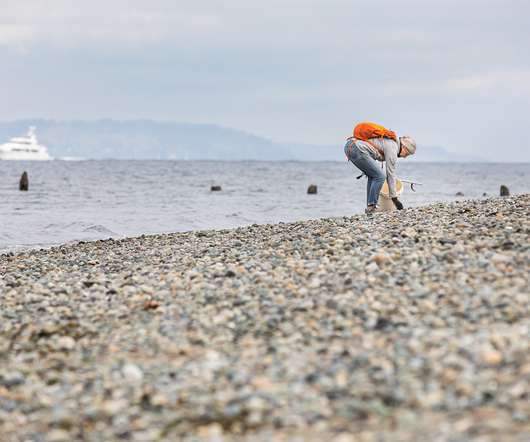Aquaculture becomes a net-positive
GreenBiz
FEBRUARY 22, 2021
You have to be engaged in aquaculture, you have to be successful in aquaculture, to be successful in seafood. These self-contained operations are designed to address concerns about wastewater discharges in coastal waters, as well as concerns over viruses, parasites and microplastics that plague ocean and coastal operations.















Let's personalize your content